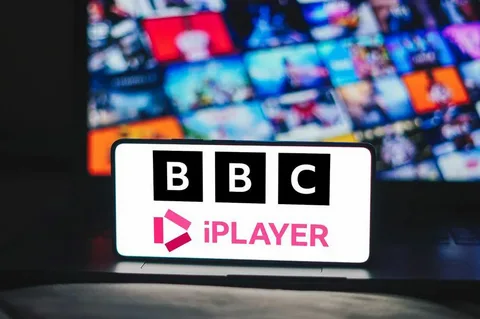Signing out of your BBC iPlayer account on a smart TV or streaming device is a useful function for managing your privacy, switching users, or troubleshooting issues. Whether you’re selling your TV, have guests who want to use their own account, or simply want to refresh the app, the process is straightforward visit bbc.com/tvcode.
This guide provides a clear, step-by-step process for signing out of iPlayer on most TV platforms and explains how to manage your account’s security remotely.
Why Sign Out of iPlayer on Your TV?
While staying logged in offers convenience, there are several practical reasons why you might need to sign out:
- Switching Accounts: If multiple people in a household have separate BBC accounts, signing out allows another person to sign in and access their own personalised recommendations and watch history.
- Selling or Giving Away a Device: It is crucial to sign out of all your accounts before you get rid of a device to protect your personal information and prevent others from using your account.
- Troubleshooting: If the iPlayer app is behaving unexpectedly (e.g., content won’t load, or it keeps crashing), signing out and signing back in can often resolve these technical glitches by refreshing your account data.
- Privacy in a Shared Space: If you’re using a TV in a holiday rental, hotel, or other shared environment, logging out ensures the next guest can’t see your viewing habits or access your account.
Read More – How do I find my SiriusXM activation code Via siriusxm.com/tv.
How to Sign Out Directly Through the TV App
The most common way to log out is directly within the BBC iPlayer application on your smart TV, Roku, Amazon Fire TV, Apple TV, or other streaming device. The interface is consistent across most platforms.
- Open the BBC iPlayer App: Using your TV remote, navigate to and launch the iPlayer application.
- Navigate to Settings: From the iPlayer home screen, find the main navigation menu. This is typically located on the left-hand side of the screen or can be accessed by an icon of a person or a gear/cog.
- Find the “Settings” or “Account” Section: Scroll through the menu until you find an option labelled “Settings.” In some versions of the app, this may be under a profile icon or a section called “Account.”
- Select “Sign Out”: Within the Settings menu, you will see a clear “Sign Out” option. Select it.
- Confirm Your Choice: A confirmation prompt will appear on the screen asking if you are sure you want to sign out. This is a failsafe to prevent accidental logouts. Select “Yes” or “Sign Out” to confirm.
Once confirmed, the app will return to its initial welcome screen, prompting the next user to sign in. Your account is now disconnected from the device.
You May Also Like – How do I activate my TLC TV via tlc.com/link.
How to Remotely Sign Out from All Devices
For enhanced security or if you no longer have access to a TV you were previously logged into, the BBC offers a powerful tool to sign out of all devices at once. This is the best option if you’ve sold a TV and forgot to log out first.
- Use a Second Device: On a smartphone, tablet, or computer, open a web browser.
- Go to the BBC Account Website: Navigate to www.bbc.com/account.
- Log In: Enter your BBC iPlayer email address and password to access your account dashboard.
- Navigate to “Security and Privacy”: Find and click on the “Security and Privacy” tab or a similarly named section.
- Find “Devices and Apps”: In this section, you should see an option that says “Sign out on all devices” or “Manage Devices.”
- Confirm the Action: Clicking this will present a confirmation pop-up. Acknowledge this to complete the process. This action will log your account out from every device it is currently signed into, including phones, tablets, and all smart TVs. You will then need to sign back in individually on the devices you still use.
By following these steps, you can easily manage your BBC iPlayer account on any television, ensuring your viewing experience remains both personal and secure.


